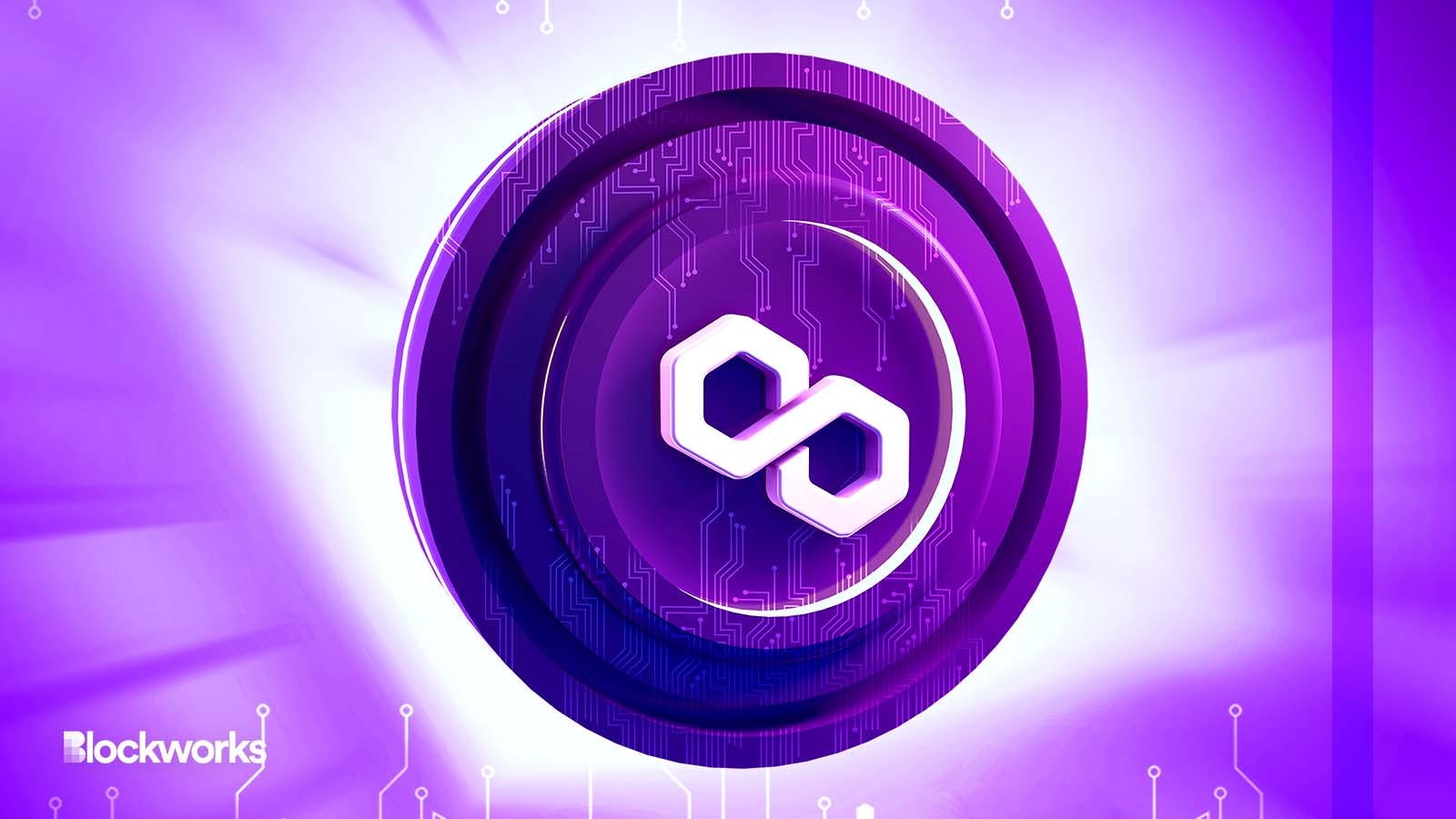Polygon ID comes to Ethereum thanks to Rarimo integration, more chains to come
Other chains will soon be compatible with Polygon ID, including BNB Chain and Avalanche

Lucas Agr/Shutterstock modified by Blockworks
Interoperability protocol Rarimo is making Polygon ID, a verifiable credential infrastructure, available across multiple blockchains.
Rarimo announced the collaboration on Thursday, and now, users will be able to seamlessly use their credentials on the Ethereum network. Before the collaboration, a person’s Polygon ID could only be used on the chain on which it was issued.
“This meant that if you issued your credential on Polygon, you would not be able to use it on Ethereum. Instead, you would have to issue a new, Ethereum-native credential,” Rarimo explained in a statement.
Now that Ethereum has been included, credentials issued on Polygon will become available on BNB Chain and Avalanche in the coming weeks, according to Rarimo.
“As the number of networks that Rarimo can scale to is limitless, a range of additional chains will be added with time,” Rarimo added.
Polygon ID was announced in March 2022 and the infrastructure stack was made open source in March of this year. The solution uses zero-knowledge proofs, which allow users to prove they are who they claim to be without needing to reveal their private information to outside parties. This ensures a high level of privacy and security during identity verification processes.
Zero-knowledge proofs are a crucial component in the movement toward decentralized identity, the global market for which is expected to grow to $6.8 billion by 2027, according to MarketsandMarkets.
On Web2, the way individuals express their identity is dictated by giant companies like Meta and Google. The goal of decentralized identity is to flip the script. Whereas now, companies control when and where you share your data, the aim is to have companies request permission to verify your credentials.
Polygon is just one player invested in ushering in this new way of thinking about identity. Disco, SpruceID, Iden3, Ceramic and the Ethereum Foundation are also exploring solutions on this front.
Get the news in your inbox. Explore Blockworks newsletters:
- The Breakdown: Decoding crypto and the markets. Daily.
- 0xResearch: Alpha in your inbox. Think like an analyst.






